
by GroupM7 | Feb 26, 2020 | Articles
How Does My Heat Pump Work, and What are the Benefits? Feb 26, 2020 If you have a heat pump in your Hallsville, Texas, home, you know that it keeps your house cool in the summer and warm in the winter. Heat pumps are efficient and an excellent alternative to...
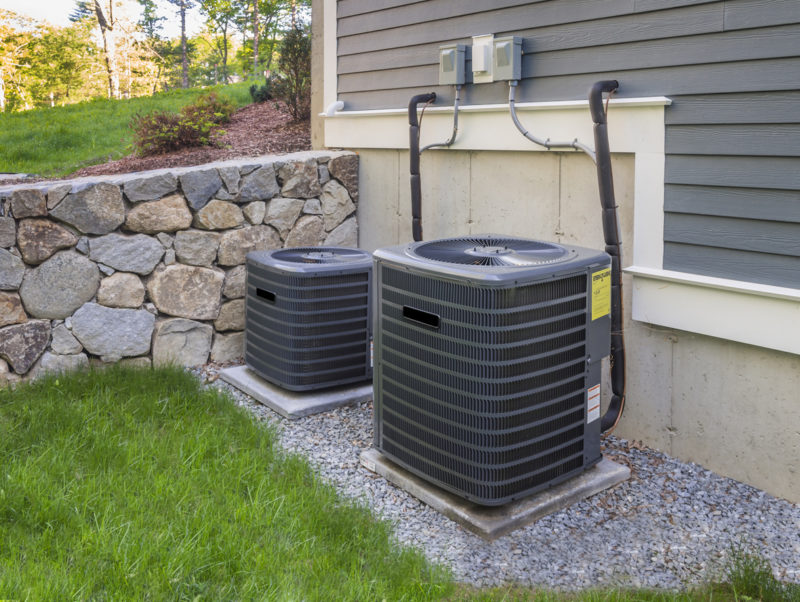
by GroupM7 | Sep 25, 2019 | Articles
6 of the Best Technologies for Improving Your IAQ Jan 26, 2019 Adding a new HVAC system to your house in Longview, Texas, is a big step toward making a more comfortable home. While you have many options to choose from, remember that there’s one feature that you must...
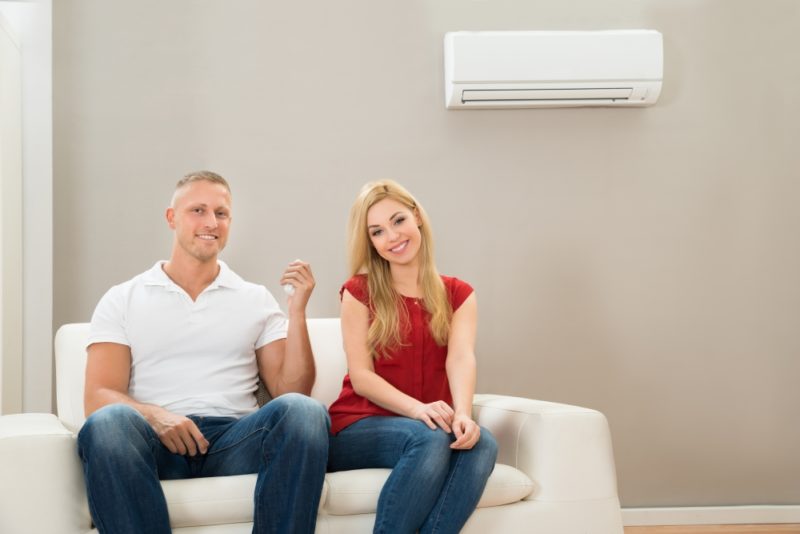
by GroupM7 | May 25, 2019 | Articles
A Guide to Ductless Mini-Split HVAC Systems May 25, 2019 Ductless mini-split systems have been around for a while, but they’ve changed significantly since their invention. Modern ductless mini-split systems are sleeker and more effective than their predecessors....
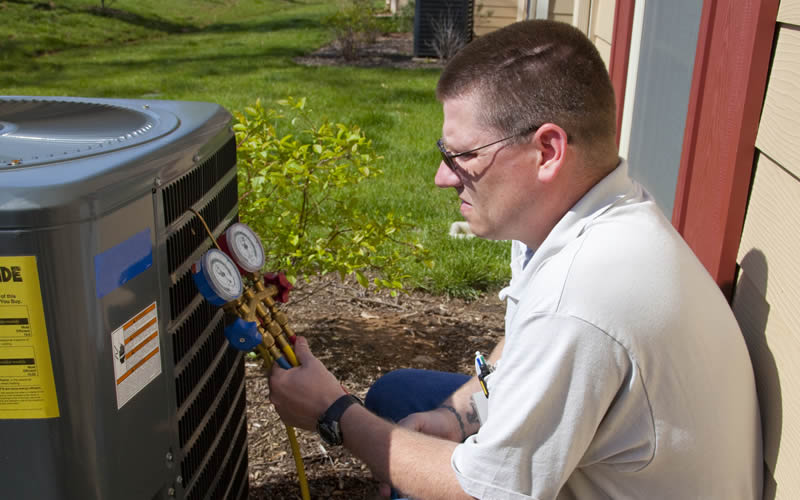
by GroupM7 | Mar 28, 2019 | Articles
4 Common HVAC Installation Mistakes That Can Cost You Mar 28, 2019 Installing a new HVAC system in your Longview, Texas, home can mean the start of better energy efficiency and lower bills. It’s important to have a trusted company complete your HVAC installation to...
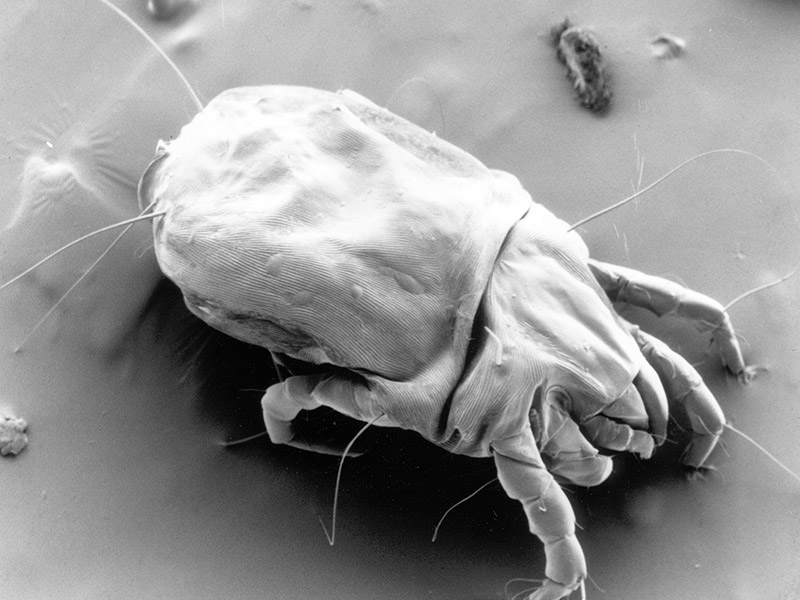
by GroupM7 | Jan 26, 2019 | Articles
6 of the Best Technologies for Improving Your IAQ Jan 26, 2019 Having good indoor air quality in your Liberty City, Texas, home is important for the health and comfort of your family. Modern technology has given us several fantastic indoor air quality (IAQ) devices,...
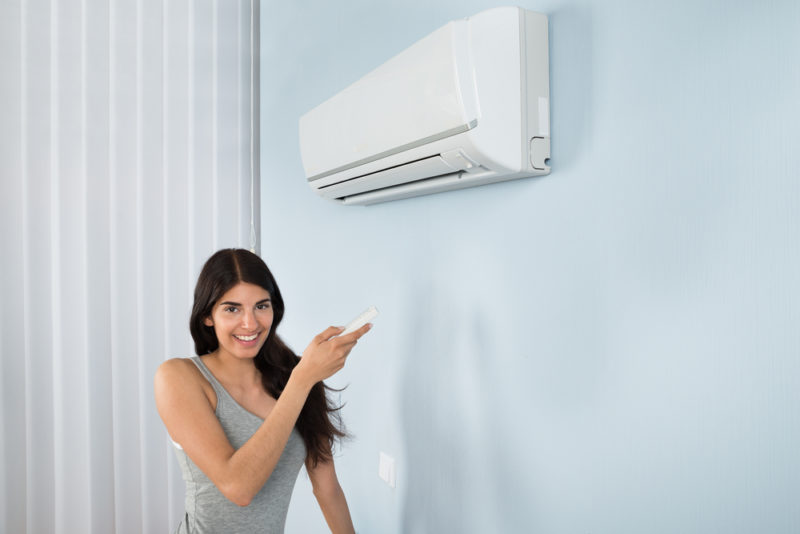
by GroupM7 | Nov 26, 2018 | Articles
Should I Go Ductless? Nov 26, 2018 Managing indoor comfort in your Longview, Texas, home can be a challenge. With unpredictable temperatures and weather spikes, you may feel like you’re constantly adjusting the thermostat. One way to boost home comfort while...







